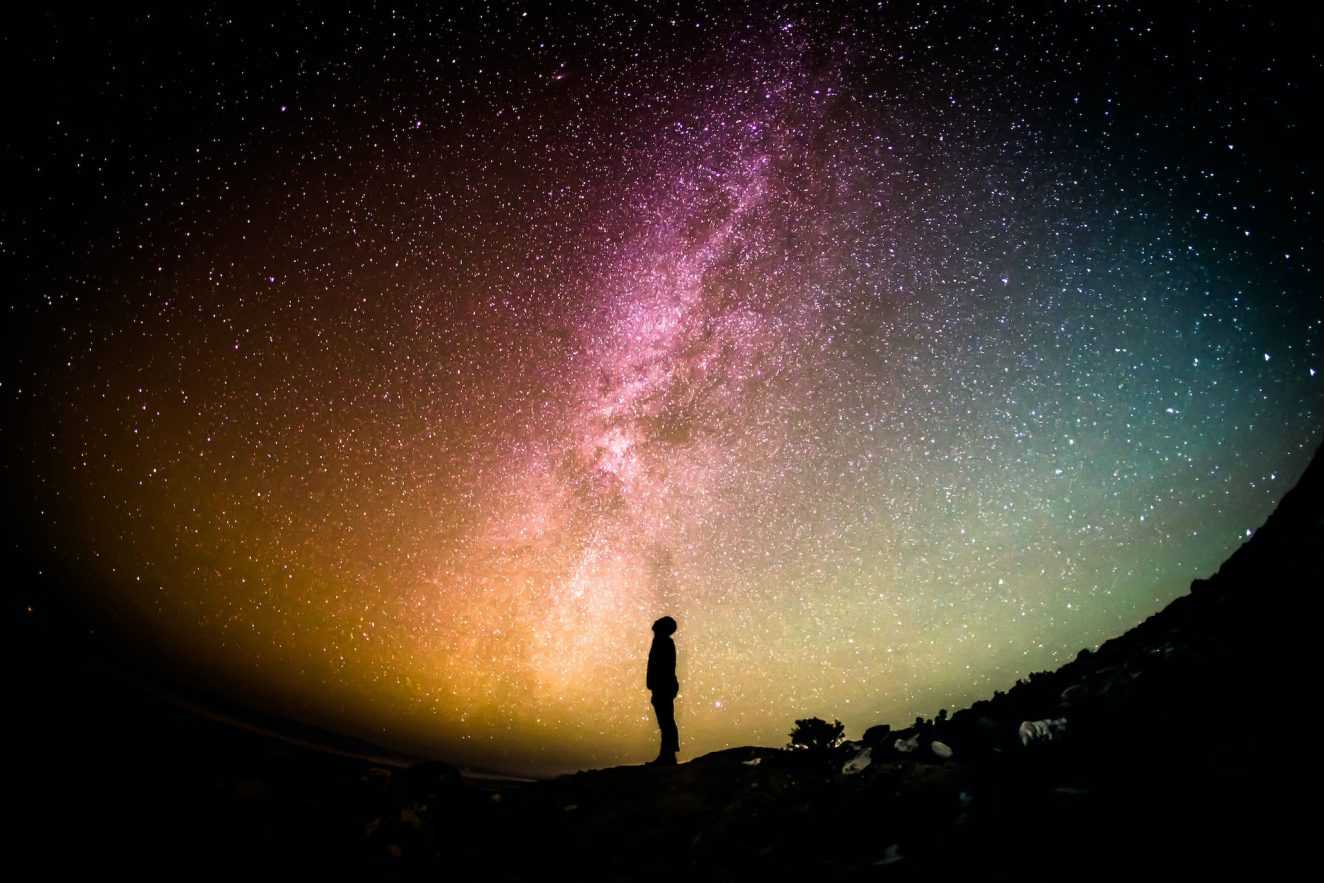Gather ’round because I’ve got the inside scoop on the solar system – you know, the real juicy stuff they didn’t teach us in school. So, imagine this: a celestial adventure through the cosmic wonders that make up our corner of the universe. Get ready for mind-blowing facts and out-of-this-world oddities that will leave you saying, “Wait, why didn’t they tell us this in science class?” We’re about to dive into the cosmic tapestry that surrounds our dear blue planet. Let’s embark on this interstellar journey together and uncover the secrets of our solar system – it’s a wild ride, so buckle up, my starry friends!

1. The Sun: Our Radiant Cosmic Dynamo
At the heart of it all is our majestic Sun, a dazzling celestial sphere that provides light and warmth to our solar system. Did you know that the Sun contains more than 99% of the total mass of our entire solar system? It’s a colossal ball of hot, ionized gas, constantly undergoing nuclear fusion, converting hydrogen into helium and releasing an unimaginable amount of energy in the process.
One of the Sun’s most mesmerizing features is the solar wind, a continuous stream of charged particles that extends far beyond the orbits of the planets. This solar breeze influences the behavior of comets and shapes the tails of these icy wanderers as they journey through the cosmos.
2. The Mighty Juggernaut: Jupiter’s Planetary Grandeur
Next up on our cosmic adventure is Jupiter, the largest planet in our solar system and a true behemoth among celestial bodies. Did you know that Jupiter is so massive that it actually influences the orbits of other planets, playing a gravitational game of cosmic billiards with its smaller neighbors?
Jupiter boasts a breathtaking feature known as the Great Red Spot, a colossal storm that has been raging for at least 350 years. To put its size into perspective, you could fit three Earths comfortably within the boundaries of this gigantic storm. Jupiter’s magnetic field is also a cosmic marvel, generating intense radiation that creates powerful auroras near its poles.
3. Saturn’s Stunning Rings: A Cosmic Symphony of Ice and Rock
No discussion of our solar system is complete without a nod to Saturn and its iconic rings. These dazzling rings are not solid structures but are composed of countless particles, ranging from microscopic dust to boulders the size of houses. The rings are a delicate ballet of ice and rock, each particle orbiting Saturn like a tiny moon.
Saturn’s rings are not static; they continuously change and evolve. Intricate patterns and divisions, such as the Cassini Division, add to the visual splendor. Despite their immense size, the rings are remarkably thin, measuring only about 30 feet (10 meters) thick. Picture a colossal cosmic vinyl record spinning gracefully in the void of space.

4. Ice Giants: Neptune’s Supersonic Winds
Venturing farther from the Sun brings us to the ice giants, Neptune and Uranus. These distant planets are often overshadowed by their gas giant siblings, but they hold their own unique mysteries. Neptune, in particular, is home to the fastest winds in our solar system, with gusts reaching speeds of up to 1,300 miles per hour (2,100 kilometers per hour). That’s faster than the speed of sound on Earth!
Neptune’s deep blue color is the result of methane in its atmosphere absorbing red light, giving the planet its distinct hue. The planet also has a quirky rotation, completing one spin on its axis in just 16 hours, despite taking nearly 165 Earth years to orbit the Sun.
5. Earth’s Moon: Our Silent Companion
As we journey closer to home, we encounter our loyal celestial companion – the Moon. Earth’s only natural satellite has witnessed the ebb and flow of civilizations and has played a crucial role in shaping our planet’s geology. Did you know that the Moon is gradually moving away from Earth at a rate of about 1.5 inches (3.8 centimeters) per year? This phenomenon, known as the “lunar recession,” is a result of tidal forces between Earth and the Moon.
The Moon also has a synchronous rotation, meaning it rotates on its axis at the same rate it orbits Earth. As a result, we only see one side of the Moon from Earth. This tidally locked dance has kept one face of the Moon hidden from human eyes until the era of space exploration.
6. Dwarf Planets and Beyond: Pluto’s Peculiar Orbit
Our journey wouldn’t be complete without a nod to the outer reaches of our solar system, where Pluto and other dwarf planets reside. Pluto, once considered the ninth planet, was reclassified as a dwarf planet in 2006. However, it continues to capture our imaginations with its mysterious atmosphere, icy plains, and five known moons.
Pluto has a highly elliptical orbit, and at times, it comes closer to the Sun than Neptune. This eccentric orbit results in a unique relationship between Pluto and Neptune, where Pluto’s orbit is tilted relative to the plane of the solar system, crossing Neptune’s orbit. This peculiar dance highlights the dynamic and complex interactions that govern the outer regions of our cosmic neighborhood.

And there you have it, fellow cosmic travelers – a glimpse into the scientific wonders and cosmic oddities that define our solar system. From the fiery brilliance of the Sun to the icy realms of the outer planets, each celestial body contributes to the symphony of the cosmos in its own unique way.
As we continue to explore and unlock the secrets of our solar system, remember that the universe is a vast and ever-changing tapestry of marvels. The more we delve into the mysteries of space, the more we realize how interconnected and awe-inspiring our cosmic neighborhood truly is. So, keep your eyes on the skies, embrace the wonders of the universe, and let the celestial dance of the solar system captivate your imagination!





